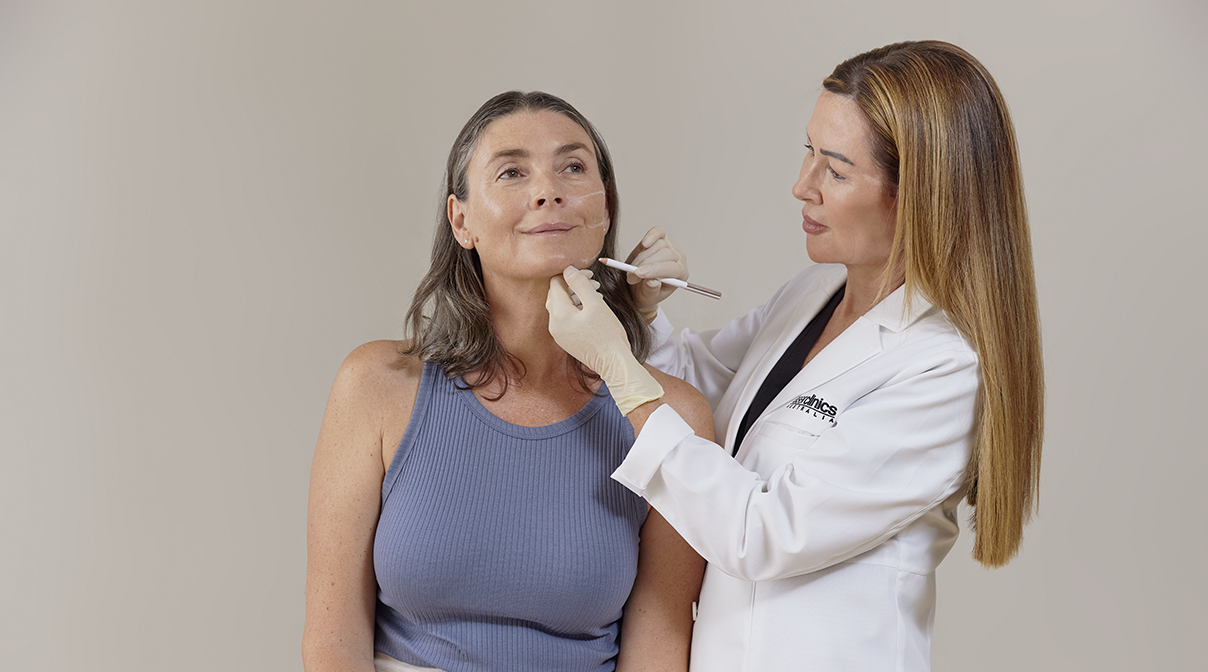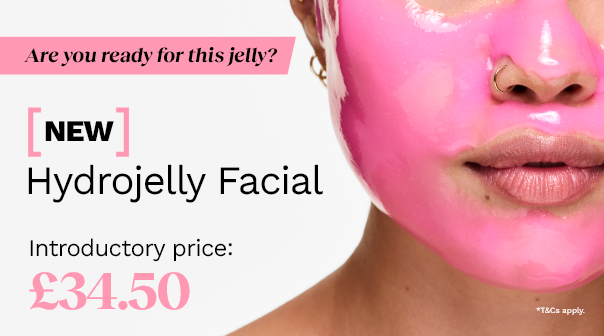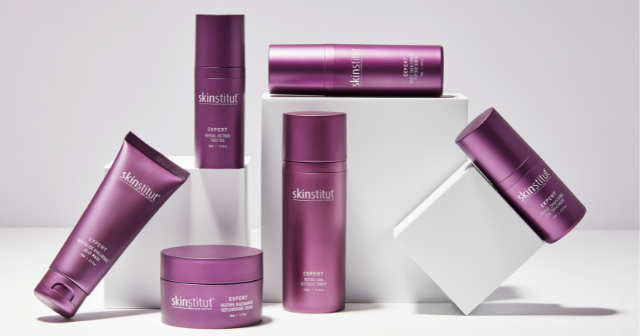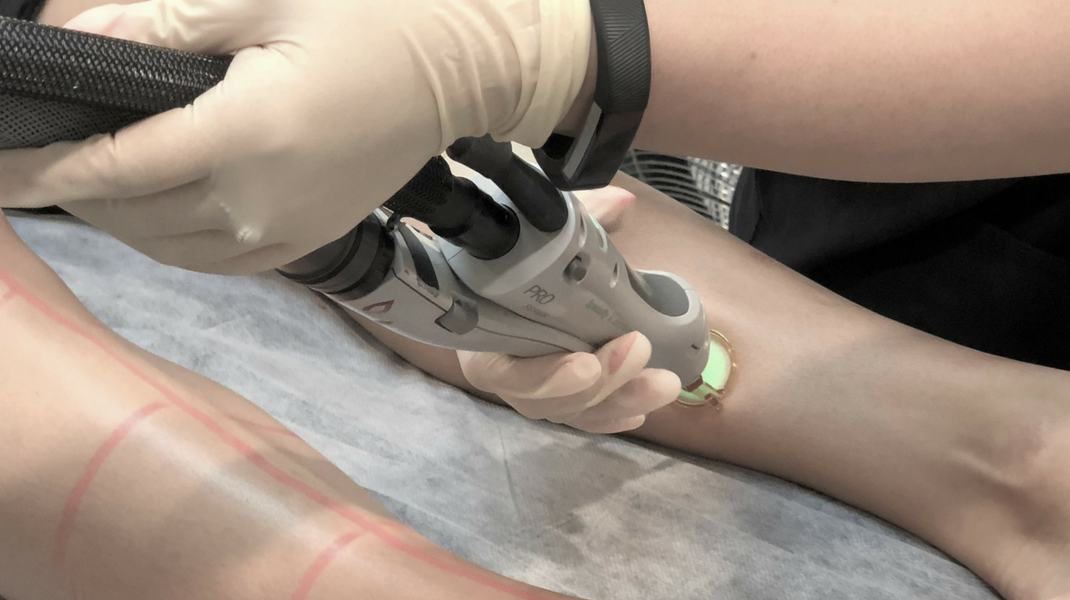Laser hair removal (LHR) is a popular cosmetic procedure that uses a laser beam to remove unwanted hair from the body. It has become increasingly popular over the years because it is a safe, convenient and effective way to remove hair permanently.
In this blog, Laser Clinics United Kingdom will discuss how laser hair removal works and how the procedure is performed on the skin.
The Science Behind Laser Hair Removal
Technology: The LHR machine emits a beam of highly concentrated light absorbed by the melanin (pigment) in the hair follicles. The light energy is then converted into heat, damaging the hair follicle and inhibiting future growth.
What To Expect During A Laser Hair Removal Procedure
Procedure: During your LHR treatment, the skin is cleaned, and a cooling gel or spray is applied to the treatment area. The laser is then applied to the skin, and the light energy is absorbed by the melanin in the hair follicles. The heat generated by the laser damages the follicle, and over time, the hair falls out.
How Many Sessions Are Needed For Laser Hair Removal?
It's important to note that LHR is not a one-time procedure. Hair grows in cycles, and LHR is most effective when the hair is in the anagen (growth) phase. This is why multiple treatments are needed to achieve the best results.
At Laser Clinics United Kingdom, we recommend an initial course of 8-12 treatments, spaced 4-6 weeks apart, depending on the area and skin tone. We use the best medical-grade LHR technology that is effective for each skin type and tone.
- For people with dark hair and lighter skin, we use the GentleLASE Pro. It emits a specific wavelength of light that is more readily absorbed by the melanin (pigment) in the hair follicle than in the surrounding skin, causing the hair follicle to heat up and be destroyed.
- For people with darker skin tones, we use the GentleYAG Pro. It emits a longer wavelength of light that can penetrate deeper into the skin without being absorbed by the melanin in the skin. This allows the laser to target the hair follicle without damaging the surrounding skin.
Both of these LHR machines have built-in cooling systems to protect the skin and make the treatment more comfortable.
Does Laser Hair Removal Permanently Remove Hair?
The short answer is no, laser hair removal doesn't guarantee the complete and permanent elimination of all hair. While it is a long-term solution, it is not permanent. Here’s why:
Hair Growth Cycles Matter: Hair grows in phases, and laser treatment primarily targets hairs in the active growth (anagen) phase. Multiple sessions are needed to catch hairs as they enter this active phase.
FDA Definition Of “Permanent”: The FDA considers "permanent hair reduction" to be a long-term, stable reduction in the number of hairs regrowing after treatment. This highlights that laser hair removal isn't about total elimination but substantial and lasting results.
Setting Realistic Expectations: Most individuals experience a 70-90% reduction in hair growth after a complete series of treatments. Although some people achieve near-complete hair removal, individual results can vary. Periodic maintenance sessions might be needed to address any regrowth.
What Happens If You Stop Laser Hair Removal After 4 Sessions?
Stopping your Laser Hair Removal treatments midway through a recommended course will likely leave you with partial results and diminishing benefits.
After 4 sessions, you'll likely have experienced some degree of hair reduction. The treated area may feel smoother with less noticeable or slightly finer hair growth. But hair follicles not adequately damaged during the initial sessions will eventually resume normal growth, though it might be lighter or thinner for some time.
People respond differently to Laser Hair Removal. Some maintain smoother skin for longer, while others may see faster regrowth. Hair type, colour, and treatment area can all affect the speed at which hair quickly returns.
So, any progress you made during the first 4 sessions will start reversing. You won’t achieve the full extent of hair reduction possible with a complete treatment series. If you decide to resume treatments later on, you may need to start with a few additional sessions to catch up due to regrowth.
Do You Need To Shave Before Laser Hair Removal?
Yes, you’re advised to shave long enough before the procedure. This allows a short stubble to form on the skin’s surface, providing enough hair for the laser to target without being excessively long.
If the hair is too long, the laser energy might be absorbed by the hair above the skin and may lead to burns or irritation.
Laser Clinics United Kingdom's experienced team will ensure you're fully informed about the ideal shaving timeline and all aspects of preparation for your treatment.
What Is The Success Rate Of Laser Hair Removal?
A retrospective study published in the journal Lasers in Surgery and Medicine (© 2019 Wiley Periodicals, Inc.) examined the long-term success and safety of the 755 nm alexandrite laser for hair removal.
This extensive study involved over 900 participants, and 3,606 treatments conducted over 8 years (1997 - 2005) on various areas of the skin.
Overall, 74% of patients achieved a 75-100% reduction in hair growth as assessed by physicians, with patient-reported reductions at 48%. Success rates were particularly high for the axilla (underarm), bikini area, and lower legs, where 79-90% of patients experienced 75% or more hair reduction after just three treatments.
Facial, breast, and abdomen areas generally required more sessions to achieve similar results. Importantly, the second follow-up several years later showed that 87.9% of patients maintained their improvement, confirming the long-lasting nature of the hair reduction.
So, to answer your question on the success rate of laser hair removal – it's a worthwhile investment for smoother, less hairy skin with long-term benefits!
Are There Any Side Effects To Laser Hair Removal?
Serious side effects or permanent complications from Laser Hair Removal are low, as most are temporary and minor, and usually resolve on their own a few hours after the session.
Some common side effects include:
- Slight pain or discomfort during treatment
- Redness and swelling around the treatment area
- Short-term changes in skin pigmentation (lighter or darker patches) especially in individuals with darker skin tones.
Choosing the right laser wavelength for your skin type is crucial to minimise risks. Longer wavelength lasers like the ND:YAG might be a safer option for darker skin types. However understand that the risk of side effects will increase only if the treatment is not performed by a trained and qualified professional.
With Laser Clinics United Kingdom, you can trust that our team of registered nurses, doctors, and dermal therapists are highly qualified and prioritise your safety for the best possible treatment experience.
To find out more about laser hair removal treatments, reach out to Laser Clinics United Kingdom. Our trusted team of experienced Therapists can create a treatment plan for you based on your skin type and tone. Book your consultation today and start your journey to hair-free, smooth skin.










